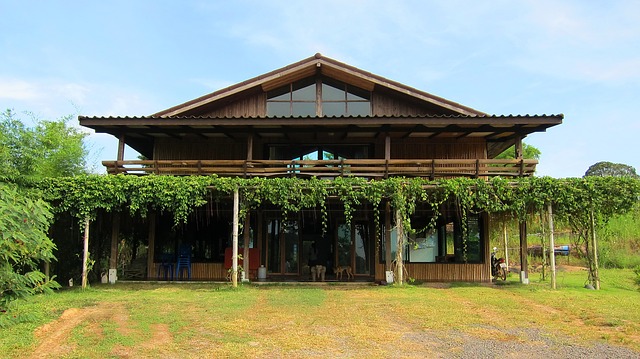Introduction
RV refrigerators are an essential component of any recreational vehicle, providing a convenient way to store and preserve food while on the road. Understanding how these refrigerators work can help RV owners make the most of their cooling capabilities and ensure food safety during their travels.
The Basics of RV Refrigerators
Types of RV Refrigerators: There are two main types of RV refrigerators: absorption refrigerators and compressor refrigerators. Absorption refrigerators are commonly found in older RV models and use a combination of heat, ammonia, and hydrogen gas to create a cooling effect. Compressor refrigerators, on the other hand, operate similarly to traditional household refrigerators, using a compressor and refrigerant to cool the interior.
Power Sources: RV refrigerators can be powered by different sources, depending on the model and setup. The most common power sources include electricity, propane gas, and battery power. Many RV refrigerators are designed to automatically switch between these power sources, allowing for flexibility and convenience while traveling.
How Absorption RV Refrigerators Work
Principle of Absorption: Absorption refrigerators work on the principle of heat absorption and evaporation. The cooling process begins with a heat source, typically propane gas or electricity, which heats a solution of ammonia and water in the refrigerator’s cooling unit. As the solution heats up, the ammonia evaporates and rises to the top of the cooling unit.
Ammonia Separation: In the cooling unit, the ammonia vapor encounters a separator, which allows only the ammonia gas to pass through. The ammonia gas then flows into the condenser, where it is compressed and converted back into a liquid state. This process releases heat, which is expelled outside the refrigerator.
Evaporation and Cooling: The liquid ammonia, now under high pressure, enters the evaporator. Inside the evaporator, the ammonia evaporates rapidly, absorbing heat from the refrigerator’s interior. This evaporation process cools the interior space, keeping the food and beverages stored inside at a low temperature.
Repeating the Cycle: The ammonia gas, after absorbing heat, returns to the absorber, where it combines with water to form a weak solution. This solution then flows back to the bottom of the cooling unit, ready to be heated again and restart the cooling cycle.
How Compressor RV Refrigerators Work
Compressor and Refrigerant: Compressor RV refrigerators utilize a compressor and refrigerant to achieve cooling. The compressor, powered by electricity, pressurizes the refrigerant gas, raising its temperature. This hot, pressurized gas then flows into the condenser.
Condensation and Cooling: In the condenser, the hot refrigerant gas releases heat to the surrounding environment, causing it to condense into a high-pressure liquid. As the liquid refrigerant flows into the evaporator, it passes through a small opening, causing a rapid drop in pressure. This pressure drop allows the refrigerant to evaporate quickly, absorbing heat from the refrigerator’s interior and cooling it down.
Compression and Repeat: The evaporated refrigerant gas returns to the compressor, where it is compressed again, restarting the cooling cycle. This continuous compression and expansion of the refrigerant create a continuous cooling effect inside the refrigerator.
Conclusion
Understanding how RV refrigerators work is crucial for RV owners to ensure optimal performance and food safety while traveling. Whether using an absorption or compressor refrigerator, the principles of heat absorption and evaporation, or compression and expansion, are at the core of their cooling mechanisms. By utilizing different power sources and following proper maintenance procedures, RV owners can enjoy the benefits of a reliable and efficient refrigerator on their adventures.
References
– rvshare.com
– thecampingadvisor.com
– rvweb.net













